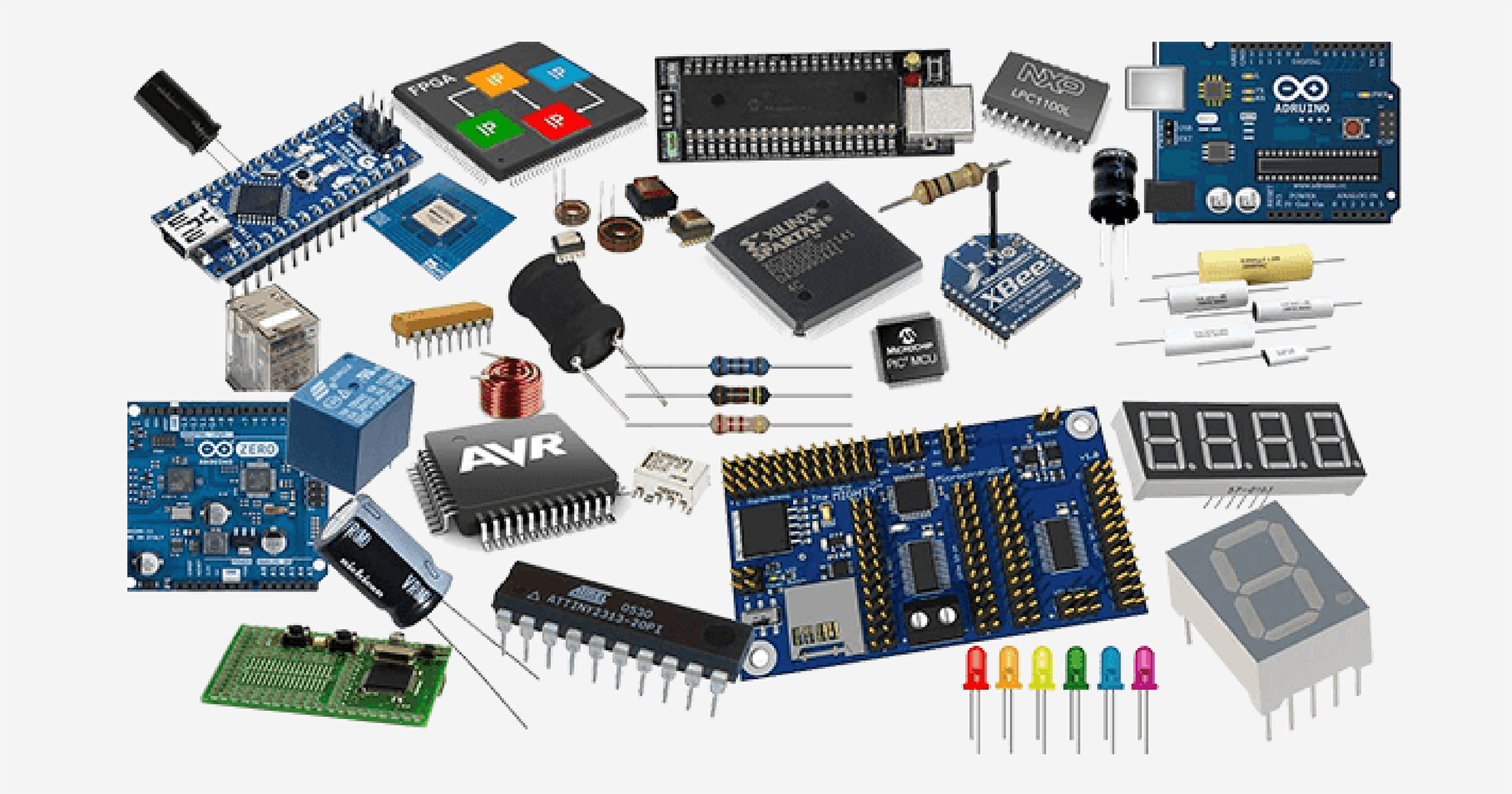Understanding Clock Buffers: Decoding 1:4 Ratios and Applications
As electronics systems continue to grow in complexity, efficient signal distribution remains a critical design challenge. Clock buffers, key components in synchronizing multiple devices within a system, play a pivotal role. This article explores the meaning of the 1:4 ratio in clock buffers, highlights alternative configurations, and discusses their applications in modern electronics.
What Is a Clock Buffer?
A clock buffer is an integrated circuit (IC) designed to take a single input clock signal and distribute it to multiple output ports. It ensures that each connected component receives a synchronized and high-quality clock signal, minimizing timing skew and preserving signal integrity.
These devices are widely used in systems requiring precise timing, such as processors, communication devices, and industrial automation.
Decoding the 1:4 Ratio in Clock Buffers
The 1:4 ratio indicates the relationship between the number of input and output clock signals:
1: Represents a single input clock signal.
4: Refers to four output ports that can distribute the input clock to different devices or subsystems.
This ratio is ideal for mid-sized systems where a single clock source needs to synchronize multiple components without requiring a large fanout buffer.
Are There Other Ratios?
Yes, clock buffers come in various input-to-output configurations to suit different system requirements. Here are some common examples:
1:2 Ratio
Description: One input clock signal distributed to two outputs.
Applications: Simple systems with minimal distribution needs, such as connecting a clock signal to a processor and a single peripheral.
1:8 Ratio
Description: One input clock signal distributed to eight outputs.
Applications: Larger systems like servers or complex motherboards requiring synchronization across multiple subsystems.
2:4 Ratio
Description: Two independent clock signals, each distributed to four outputs.
Applications: Multi-domain systems with separate clocking requirements for different areas.
4:16 Ratio
Description: Four input clock signals distributed to sixteen outputs.
Applications: High-density systems such as data centers and advanced communication systems.
Key Features of Clock Buffers
Modern clock buffers are designed to address a variety of challenges in clock signal distribution. Here are some essential features:
Signal Integrity
Clock buffers improve the quality of the input signal by eliminating noise and distortion, ensuring clean and accurate outputs.
Low Jitter
Jitter (variations in signal timing) can degrade system performance. Low-jitter fanout buffers are critical for applications requiring high precision.
Skew Reduction
Timing skew (misalignment between signals) is minimized to ensure synchronized operation of connected components.
Frequency Support
Fanout buffers can handle a wide range of clock frequencies, from low MHz ranges to GHz, depending on the application.
Power Efficiency
Modern designs optimize power consumption, a crucial factor in portable or energy-sensitive devices.
Applications of Clock Buffers
Clock buffers find use in numerous industries and applications. Below are some examples:
Consumer Electronics
Used in smartphones, tablets, and laptops to distribute clock signals across various subsystems like processors, GPUs, and storage devices.
Data Centers
Essential for synchronizing servers and networking equipment, where high-density fanout configurations (e.g., 1:16) ensure efficient clock distribution.
Automotive Systems
In automotive electronics, clock buffers enable precise timing for advanced driver-assistance systems (ADAS), infotainment systems, and engine control units (ECUs).
Industrial Automation
Critical for coordinating timing in robotics, programmable logic controllers (PLCs), and other factory automation equipment.
Telecommunications
Support for high-frequency clock signals makes these devices ideal for synchronizing network switches, base stations, and other communication hardware.
How to Choose the Right Fanout Buffer?
Selecting the appropriate clock fanout buffer depends on several factors:
Fanout Ratio
Determine the number of output ports required based on system size. For mid-sized systems, a 1:4 ratio is often sufficient.
Frequency Range
Ensure the buffer supports the required clock frequency to match system specifications.
Jitter and Skew Performance
Opt for low-jitter and low-skew devices for high-precision applications.
Power Consumption
Consider energy-efficient options for battery-operated or power-sensitive systems.
Package Type
Fanout buffers are available in various package sizes, such as 8-XFDFN, to fit compact or space-constrained designs.
2024 Trends in Clock Buffers
As electronics evolve, clock buffers are also advancing to meet new challenges. Key trends include:
Higher Frequency Support: Increasing demand for devices capable of handling GHz-range clock signals.
Integrated Features: Buffers with built-in phase-locked loops (PLLs) for enhanced timing control.
Miniaturization: Smaller, more efficient packages like XFDFN for compact designs.
Green Technologies: Energy-efficient buffers that align with sustainability goals.
Conclusion
Clock buffers, including popular configurations like 1:4, are indispensable for modern electronic systems. By understanding their ratios, features, and applications, engineers and procurement professionals can make informed decisions for their projects in 2024 and beyond. Whether you're designing a consumer device or managing complex industrial automation, choosing the right fanout buffer ensures precise timing, improved performance, and seamless operation.
For more information or to request a quote, please feel free to send us an RFQ.
Some Model Numbers




